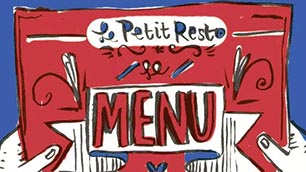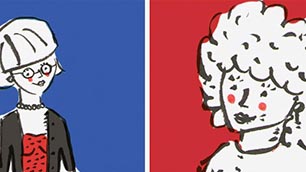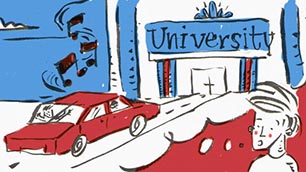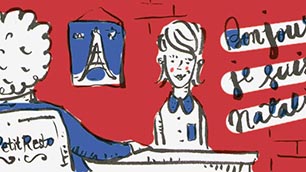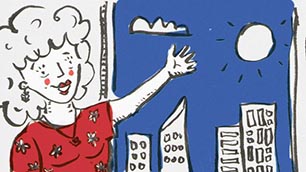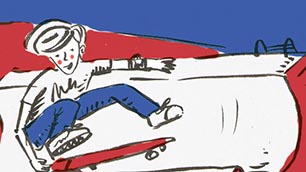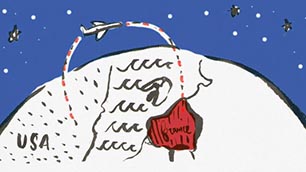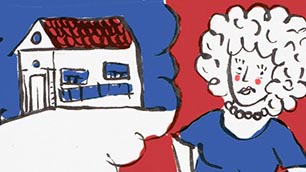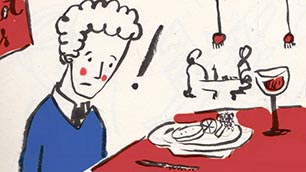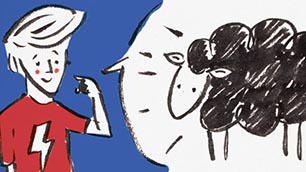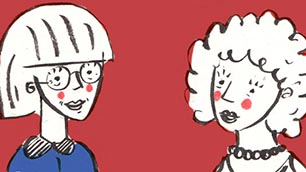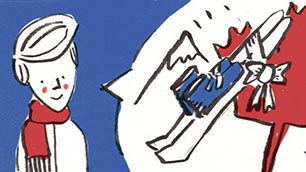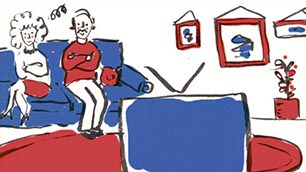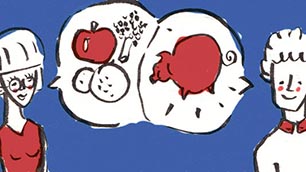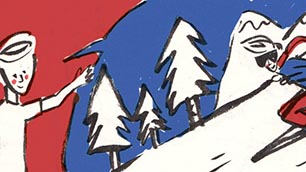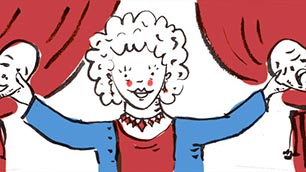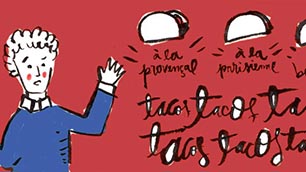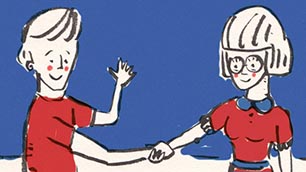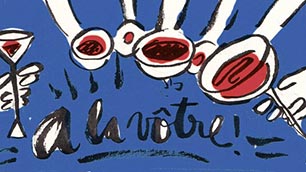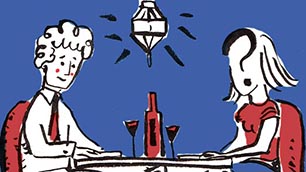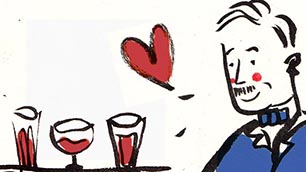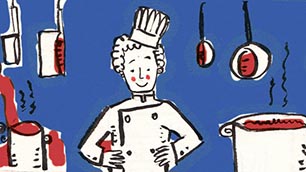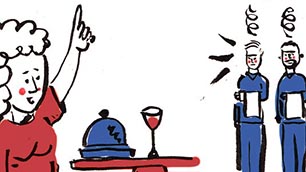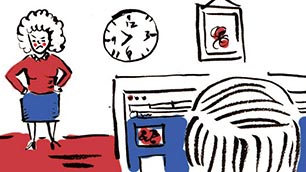Even though voilà and voici are just one word, they have so many possible meanings! That why we've decided to treat it as an expression.
The first thing to know about voilà is that it's spelled voilà. Note that the grave accent on the a is obligatory. Secondly, voilà, which is a contraction of vois là (literally, "see there").
Technically voilà + noun only refers to things that are farther away (there is/there are), while voici + noun is used for close things (here is/are). In reality, voilà tends to be used for all of the above, except when referring to more than one item. Both are used to indicate the sudden appearance of something or someone, to introduce people or ideas.
- Me voilà !
- Voici le musée et voilà la Tour Eiffel.
- Here’s the restaurant I like.
- Here I am!
- Here’s the museum and there’s the Eiffel Tower.
When followed by an interrogative adverb, voilà means ‘this is/that is’.
That’s why we’re looking for the university.
Voilà où il habite maintenant.
This is where he lives now.
The first thing to know about voilà is that it's spelled voilà. Note that the grave accent on the a is obligatory. Secondly, voilà, which is a contraction of vois là (literally, "see there").
Technically voilà + noun only refers to things that are farther away (there is/there are), while voici + noun is used for close things (here is/are). In reality, voilà tends to be used for all of the above, except when referring to more than one item. Both are used to indicate the sudden appearance of something or someone, to introduce people or ideas.
Exemples:
- Voilà le restaurant que j’aime.- Me voilà !
- Voici le musée et voilà la Tour Eiffel.
- Here’s the restaurant I like.
- Here I am!
- Here’s the museum and there’s the Eiffel Tower.
When followed by an interrogative adverb, voilà means ‘this is/that is’.
Exemples:
Voilà pourquoi nous cherchons l’université.That’s why we’re looking for the university.
Voilà où il habite maintenant.
This is where he lives now.




